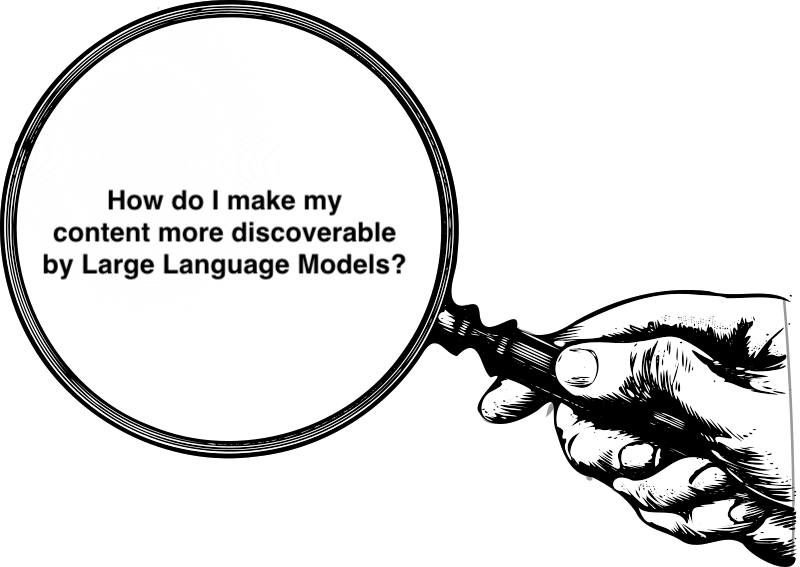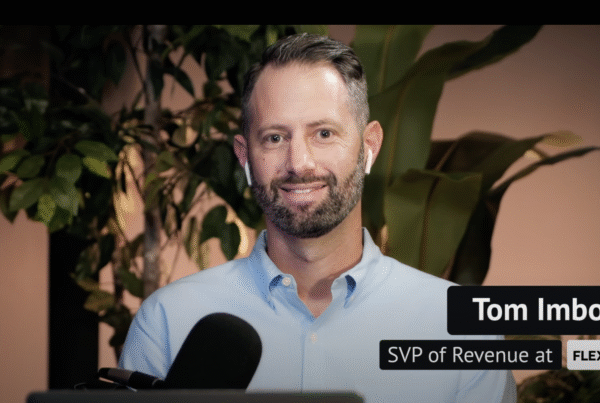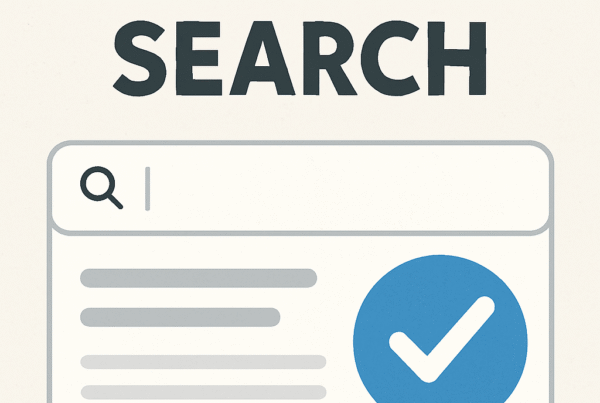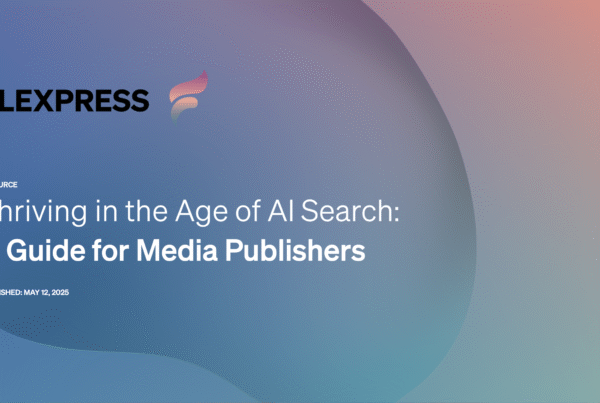
How we discover content on the internet is changing rapidly. Large language models (“LLMs”), such as ChatGPT, Claude, and Perplexity, provide alternative user experiences to get answers in natural language. And with the recent addition of Google’s “AI Mode”, the search industry is on the move towards a new Search experience. Understanding how LLMs discover content is becoming just as important to SEO strategy.
Over the next few months, the team here at Flexpress will be publishing a series of posts designed to guide you through the “AI Discovery Shift” and how that impacts your publishing businesses now and in the future. Our goal is to demystify AI and provide actionable steps you can take to ensure your content is still getting discovered by your audience.
First up: how LLMs discover content. What does that mean for how you write, structure, and optimize your articles? How does it alter your SEO strategy moving forward?
Let’s break it down.
LLMs Don’t “Crawl” – They Retrieve
Unlike traditional search engines, LLMs don’t index the web in real time. They surface content through two main methods:
- Pre-training: Content is ingested during the model’s training phase. If your site was part of publicly available web datasets (e.g., Common Crawl), it might be in the model already — but anything newer than the model’s cut-off date won’t be included. (Helpful reference: model cutoff dates via ALLMO.ai.)
- Retrieval-Augmented Generation (RAG): Some models fetch chucks of documents in real time from the live web (e.g., Perplexity, Bing Copilot). This means if your site allows LLM crawling, the model can surface it to response to queries. How your content is formatted and indexed directly affects whether it gets surfaced.
What Makes Content LLM-Friendly?
Here’s what helps your content get picked up and included in LLMs:
- Clarity and structure: Bullet points, headings, FAQs, glossaries, and summaries help models extract information cleanly.
- Semantic richness: AI looks for meaning, not just keywords. Use natural language and answer real questions.
- Authoritativeness: Trusted sources, sites with E-E-A-T signals (Experience, Expertise, Authority, Trust), tend to be favored. Multiple trusted sources that provide the same answers add additional validation. This should be a core tenet of your SEO strategy. If not, here’s a primer.
- Freshness: Regular updates and publish dates matter, especially in real-time retrieval scenarios.
- Structured data: Schema markup, metadata, and even llms.txt help AI interfaces know what your content is and how to use it. Don’t know what llms.txt is? We’ll break it down for you.
Why Your Old SEO Strategy Isn’t Enough
In a new LLM-first world:
- Ranking #1 on Google Search doesn’t guarantee visibility in an answer from an AI interface.
- Click volume is going down, which is augmented by AI interfaces or Google’s AI Overview not providing links to your content. This was a critical discussion point that drove conversation at OX8, a recent media publishing industry event we attended.
- Generic content doesn’t get ranked; distinctiveness and depth win.
You need to think beyond rankings — and start thinking about how LLMs discover content (retrievability and trustworthiness).
Got 5 minutes? Here’s how to get started now:
- Test your visibility: Search your content topics in AI interfaces like ChatGPT, Claude, Perplexity and Google- AI Mode. Are you showing up? What is it saying about you?
- Review your structure: Add intros that answer questions directly, use H2s and bullet points, create a glossary for your site, and keep paragraphs scannable.
- Revise your Content and Web Standards Protocols: Use conventions and naming structures like llms.txt, semantic HTML, and structured metadata to improve AI discoverability.
- Invest in brand authority: Get cited by others (consider other authority sites like Reddit), publish under known authors, and build content people trust.
AI isn’t just a traffic channel. It’s becoming a key interface for content discovery. Publishers who adapt early will build a lasting advantage. Those who wait may find their content getting lost, even if it’s great.
📥 Want the full playbook? Download our free guide: Thriving in the Age of AI Search: A Guide for Media Publishers.




